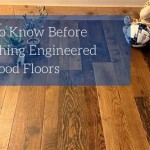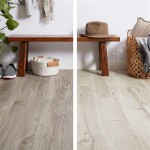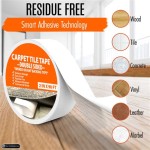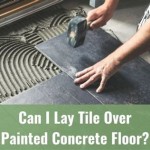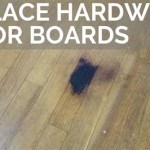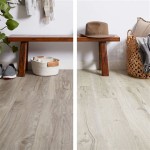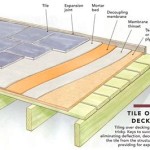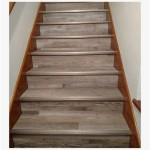What Is The Best Thickness For Home Gym Flooring?
Creating a home gym is a great way to stay fit and healthy without leaving the comfort of your own home. However, one crucial aspect that often gets overlooked is the flooring. Choosing the right thickness for your home gym flooring is essential for safety, comfort, and durability. This article will guide you through the factors determining the best thickness for your specific needs.
Factors Determining The Best Thickness
The ideal thickness for your home gym flooring depends on several factors, including:
- Type of exercises: The intensity and impact of your workouts will influence the necessary thickness. High-impact exercises like weightlifting, plyometrics, and drop sets require a thicker mat to absorb shock and protect your joints.
- Weight equipment: Heavier weights create more pressure on the floor, necessitating a thicker mat to prevent damage.
- Floor surface: The existing floor beneath the mat also plays a role. Concrete floors require thicker mats than wooden floors for sound and vibration absorption.
- Personal preference: Some individuals prefer a thicker mat for added cushioning and comfort, while others may find thinner mats more practical.
Thickness Ranges and Their Applications
Here are some common thickness ranges and their typical applications:
Thin Mats (1/4" - 1/2")
Thin mats are generally suitable for low-impact exercises like yoga, Pilates, and light stretching. They offer minimal cushioning and are ideal for creating a smooth, even surface. These mats might not be suitable for high-impact workouts or heavy equipment.
Medium Mats (1/2" - 3/4")
Medium-thickness mats provide decent cushioning and are suitable for moderate-impact workouts involving light weights, cardio equipment, and some strength training exercises. They offer a good balance between protection and practicality.
Thick Mats (1" or More)
Thick mats are designed for high-impact exercises and heavy weightlifting. They offer maximum protection for your joints and the floor, reducing noise and shock absorption. Thick mats are generally heavier and bulkier, requiring more space and effort to store and move.
Additional Considerations
Besides thickness, other factors to consider when choosing home gym flooring include:
- Material: Rubber, foam, and composite materials are common options, each offering different benefits and drawbacks.
- Durability: Choose a material that can withstand the wear and tear of regular use and heavy equipment.
- Water-resistance: If you're susceptible to sweat or spills, opt for a water-resistant or waterproof mat.
- Ease of cleaning: The mat should be easy to clean and maintain to prevent dirt and bacteria buildup.
Conclusion
The best thickness for your home gym flooring depends on your specific needs and preferences. Analyze your workout routine, equipment, and budget to determine the optimal thickness. Consult with professionals or read product reviews to gather more information and make an informed decision. Remember, investing in high-quality flooring ensures a safe, comfortable, and durable home gym environment.

What Is The Best Thickness For Weight Gym Flooring Mats

How Thick Should Gym Flooring Be Recommendations For Mats Tiles Rolls

Is 20 Mm Rubber Gym Flooring Thick Enough For Dropping Weights

How Thick Should Your Home Gym Rubber Flooring Be Word Of Mouth Floors

Home Gym Flooring Commercial

Why Rubber Is Ideal For Home Gyms

What Is The Best Thickness For Weight Gym Flooring Mats

How Thick Should Your Home Gym Flooring Be Lx Hausys

What Is The Best Thickness For Weight Gym Flooring Mats

How Thick Should Your Home Gym Flooring Be Lx Hausys
See Also
